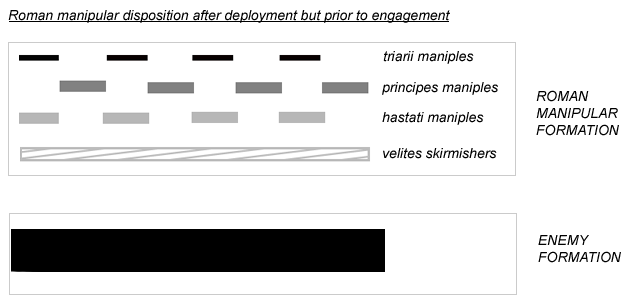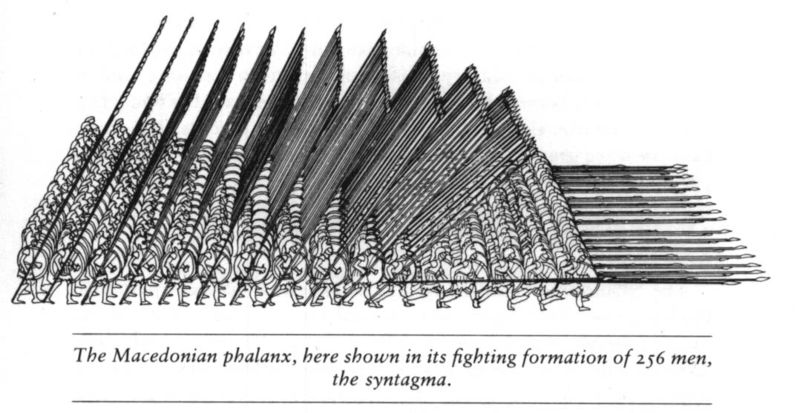From a historical point of view, requiring steel for cannons might be a bit silly - but I think that one is ok for game balance. Cannons, as they are in the game, just roflstomp anything that comes before them.
If the game was changed to have cannons available with gunpowder, they would need to be weaker. That's not necessarily a bad thing for balance, but it might take away a little bit of the flavour of the castle era. I don't think the game should just be a smooth progression of stronger but equivalent units... I think it's good to have gaps and jumps for flavour - and trebuchets / catapults to cannons is one such jump. (I'm sure there is a some way to make it both historically accurate and good for gameplay. I'm just saying that I don't really mind the way cannons are now.)
If the game was changed to have cannons available with gunpowder, they would need to be weaker. That's not necessarily a bad thing for balance, but it might take away a little bit of the flavour of the castle era. I don't think the game should just be a smooth progression of stronger but equivalent units... I think it's good to have gaps and jumps for flavour - and trebuchets / catapults to cannons is one such jump. (I'm sure there is a some way to make it both historically accurate and good for gameplay. I'm just saying that I don't really mind the way cannons are now.)

 and +50% vs siege is awesome.
and +50% vs siege is awesome. and is now my default mod
and is now my default mod . Thanks for the nice mod
. Thanks for the nice mod




 Spears stop cavalry stop archers stop spears, on a battlefield; the other weapons are for individual combat.
Spears stop cavalry stop archers stop spears, on a battlefield; the other weapons are for individual combat.